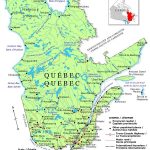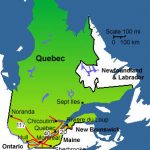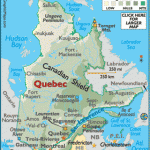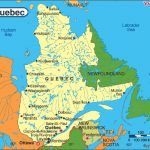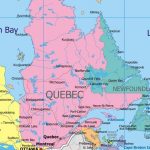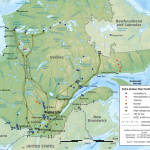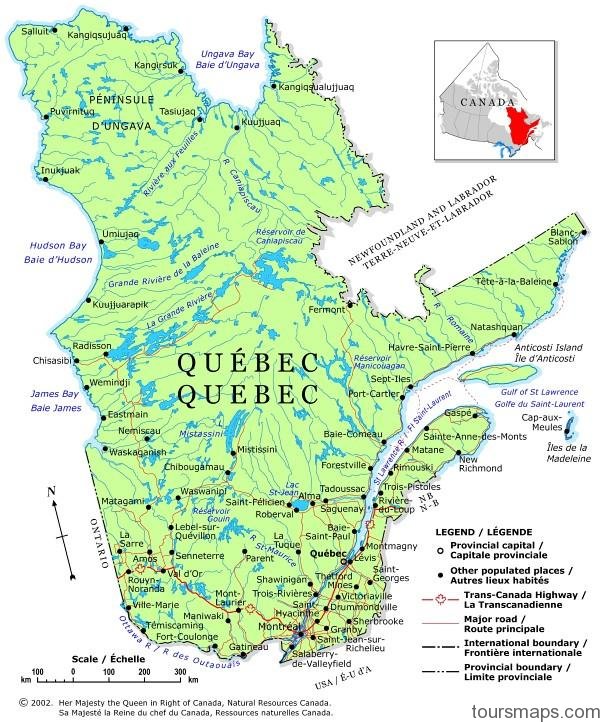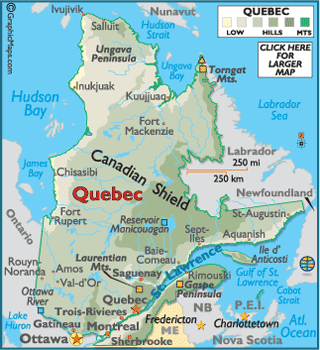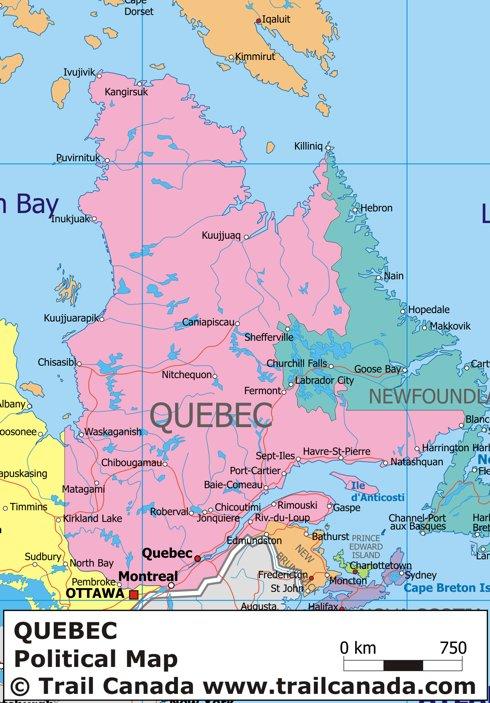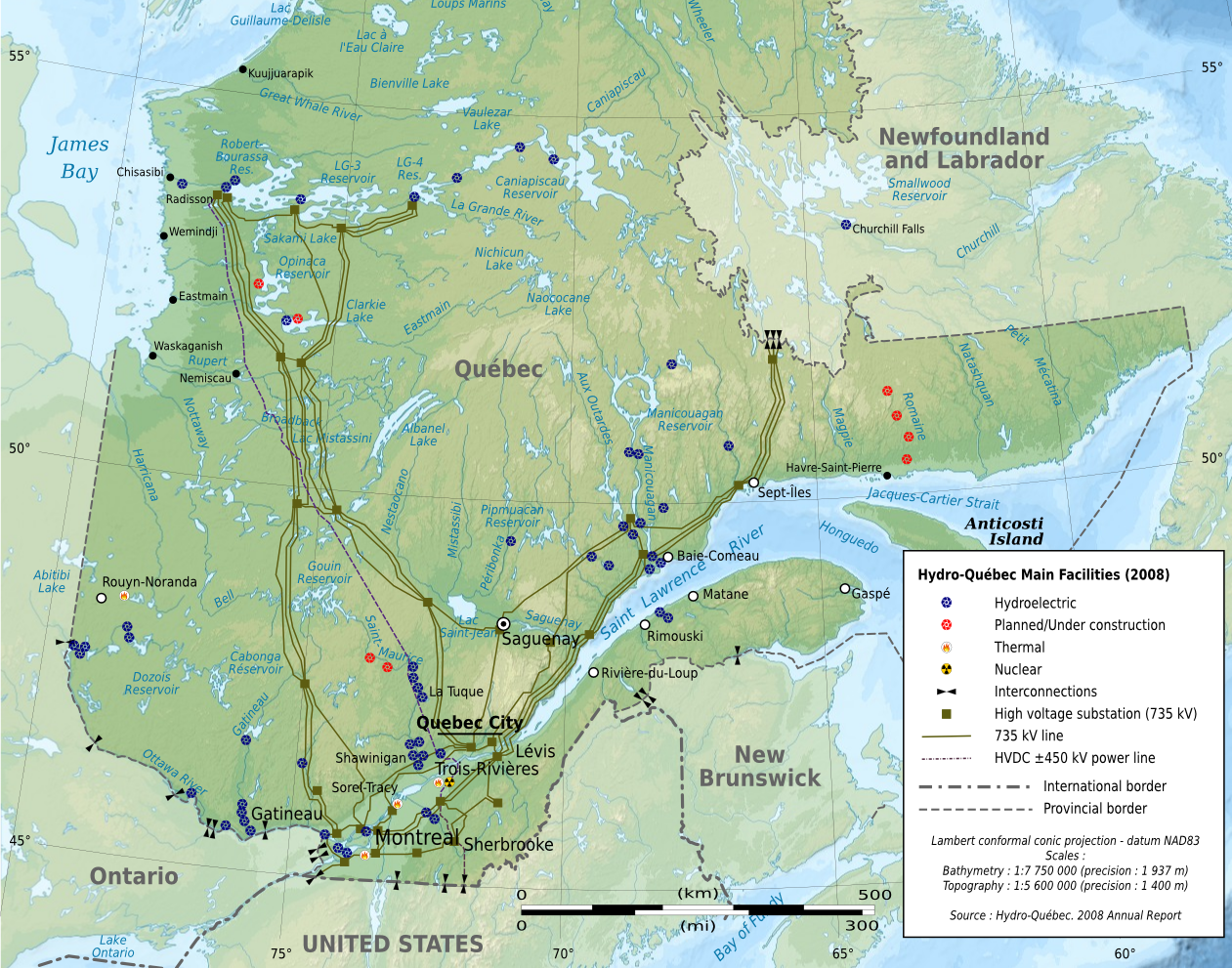In 1763, the population of Quebec City was about 8,000. Under British rule, it remained the administrative center of the region, and its commerce was
greatly increased through its exports of wheat and timber throughout the British Empire. In 1775, a colonial American force under Richard Montgomery
and Benedict Arnold failed to take the city, which held out under Governor Guy Carleton until British reinforcements arrived.
Britain passed the Constitutional Act in 1791, which divided the Province of Quebec into Upper and Lower Canada. Quebec City, with a population of
close to 10,000, became the capital of Lower Canada. The city continued to perform a central role in the British colony and to function as the heart of
French settlement in North America.
Michael F. Dove
See also: Canada; French; French and Indian War; French Colonies on Mainland North America (Chronology).
Bibliography
Greer, Allan. The People of New France. Toronto: University of Toronto Press, 1997.
Trudel, Marcel. Introduction to New France. Toronto: Holt, Rinehart and Winston of Canada, 1968.
Young, Brian, and John A. Dickinson. A Short History of Quebec. Montreal: McGill/Queen’s University Press, 2003.
Map of Quebec Photo Gallery
Maybe You Like Them Too
- Top 10 Islands You Can Buy
- Top 10 Underrated Asian Cities 2023
- Top 10 Reasons Upsizing Will Be a Huge Travel Trend
- Top 10 Scuba Diving Destinations
- The Best Cities To Visit in The World

